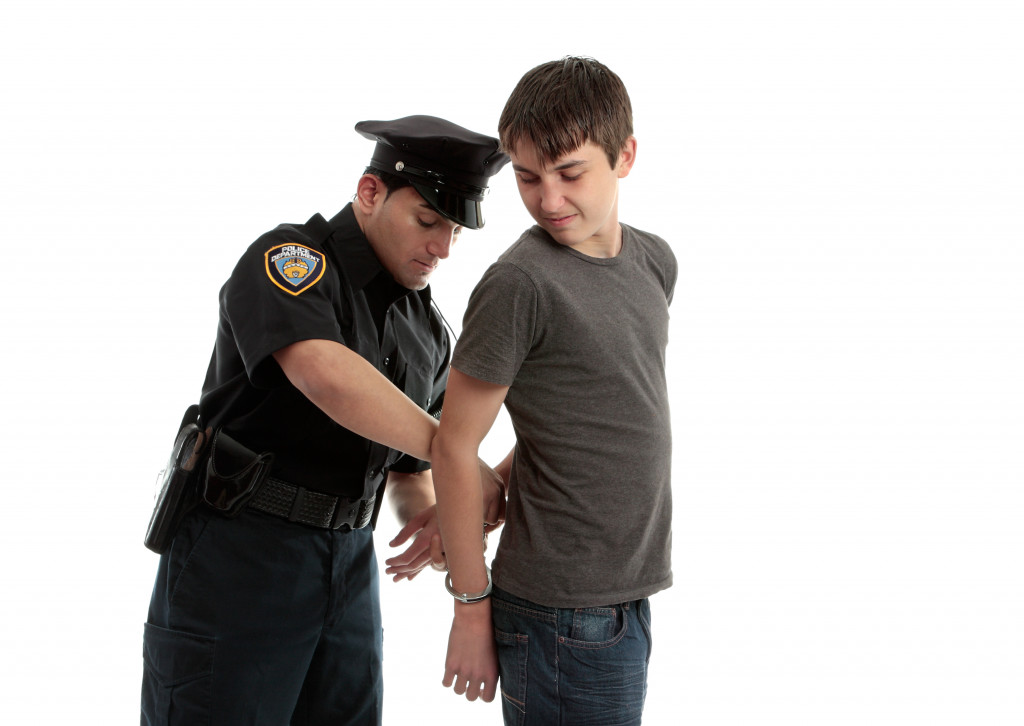Youth crime is at its peak in Townsville and other parts of the world, as well as gangs of kids — some as young as 10 —, are increasing in number. Police forces are having a hard time suppressing the crimes. Experts believe relatives, counselors, work programs, or even mental health clinics — are the solution.
Escalating Problems
While people can turn a blind eye to petty crimes, violence is another matter. 2020 data shows property offenses committed by children aged 10 to 17 rose by 38.5 percent (compared to 2018) and assaults spiked by 72.5 percent. While the number of low to moderate offenders dropped by 7 percent (still substantial at around 2,000) — the number of chronic offenders has risen to more than 1,000.
Nursing homes are among the hot spots. Youth gangs target the elderly, as well as women, because of their tendency not to fight or give chase. The rising crimes have given rise to vigilante groups that patrol the streets — oftentimes pursuing kids driving stolen vehicles. However, the police discourage vigilantism and experts state that it only inflames racial tensions.
No Fear of Punishment

Close to 30 percent of youth offenders have been charged with more than 10 offenses — with some of them having more than 50. Changes to youth justice laws in 2019 made it easier for minors to get bail and breach of bail is no longer considered a criminal offense. Minors are caught, processed, and eventually remanded to their parents or guardians — regardless of their previous arrests.
Courts are likely to grant bail for all but the most violent offenders and judges set bail amounts extremely low to avoid calls of being oppressive or racist. The apparent lack of punishment has emboldened youth gangs to commit more crimes and more serious ones. As burglaries and car theft go unpunished, youth gangs eventually move on to armed robbery. Their penchant for violence also goes unchecked and it is not uncommon for gangs to have knives or makeshift clubs.
Proposed Programs
Indigenous community leaders as well as criminologists are united in their belief that stricter laws and enforcement would not solve the issue. Children who engage in youth gangs are often disadvantaged — often experiencing abuse and/or neglect. They have limited access to proper education or employment and often turn to alcohol or drugs. Education, rehabilitation programs, and employment opportunities are seen as the best way to treat the root of the problem instead of the underlying symptoms. However, Regional Queensland Deputy Commissioner Paul Taylor believes such programs will only work on children not deeply entrenched in criminal activities. He believes repeat offenders require specialists and tailored treatment —in order to change their behavior and lead them away from crime. Queensland Police has also been involved in several programs that offer kids alternative activities to dissuade them from a life of crime.
Youth crime is a serious problem in different parts of the world. However, efforts by the local government and police are not enough to solve the problem. Parents, educators, and community leaders need to work together to tackle the root of the problem and provide permanent solutions.

